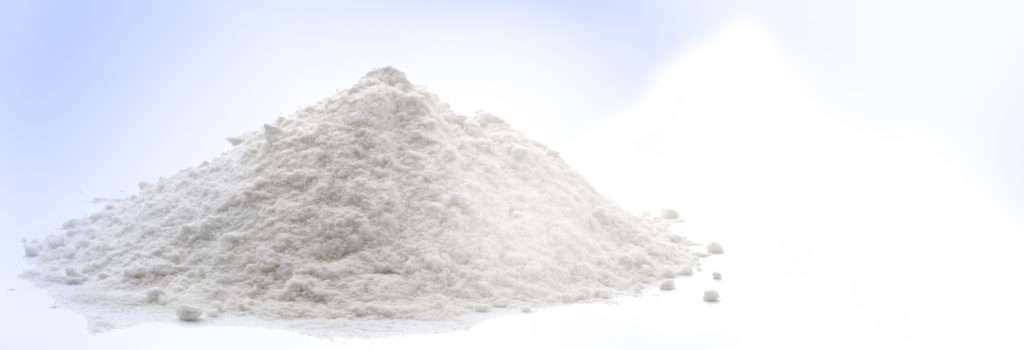Contact Us
- Solutions
- Resources
- About
- Contact Us
close
Optional callout banner for highlighted news or events
Learn More
Poor solubility of drug substance is a major challenge in early oral formulation development. When a drug candidate has poor or low solubility, this can have a major impact on the ability of a drug to be absorbed into a patient’s gastrointestinal tract. These compounds are classified as either Biopharmaceutical Classification System (BCS) Class II, meaning they have high permeability and low solubility, or as BCS Class IV, which are compounds with low permeability and low solubility. With nearly 90 percent of the developmental pipeline drugs consisting of poorly soluble molecules1, formulation experts must be prepared to address this obstacle by applying various approaches to improve an API’s pharmacokinetics. The development process needs to be focused on improving the rate of dissolution and maintaining the supersaturated solubility state at the site of absorption. If it is not, it can lead to delays in development or even clinical trial failures, leading to added costs.

Formulation scientists can apply several physical methods to improve a compound’s solubility. One method is making solid dispersions where the drug is in amorphous or molecular form in a matrix. Various approaches can be used to make solid dispersions based on drug substance properties, such as melting point (Tm), glass transition temperature (Tg), and Log P. Hot-melt extrusion uses a thermal fusion process to generate a homogeneous mixture of polymers/carriers and API. With spray drying, the API is dissolved in an organic solvent along with polymers/carriers that can be sprayed as solid particles into a dry powder. The same can be done by dissolving the poorly soluble API and polymers in a solvent and spraying on pellets or beads in a fluid bed system using top spray, tangential spray, or bottom spray (Wurster process). The solvent evaporates while the API-polymer is deposited on beads. These coated beads can be filled in capsules and delivered as capsule dosage form to the patients, e.g. Sporanox® (Itraconazole) capsules. Sometimes the option of sprinkling the medication, such as on food, is available.
Wet milling of the API to the micro and nano size is another method to increase dissolution and bioavailability. With this, the API is milled along with stabilizers (surfactants/co surfactants) using various types of mills, such as agitator bead mill (Dyno®Mill, Netzsch Mill), colloid mill, high pressure homogenizer (Microfluidizer®), etc. Increased surface area of API helps to dissolve it quickly in-vivo and, thereby, provides improved bioavailability.
Formulation can also be made in a lipidic or oily excipient, where the drug is completely solubilized or is in suspension state in the lipidic matrix. Depending on the nature of the drug and the lipidic excipients (surfactants, co-surfactants, base) used, the formulation may be liquid or semi-solid at room temperature. In these instances, the lipidic matrix can be delivered to the patient as a soft gel dosage form or, if the lipidic matrix is semi-solid at room temperature, it can be delivered as a liquid-filled hard-shell capsule dosage form.
Another approach to increasing solubility of a poorly soluble drug is the formulation involving inclusion complex. Cyclodextrins are used, which form inclusion complexes with drugs by taking up drug molecules into the hydrophobic central cavity. Inclusion complex enhances the solubility, bioavailability, and stability of the molecule.2
Some of the formulation approaches may involve using a combination of two different technologies. For example, a soft gel capsule filled with nano suspension requires first performing wet milling to reduce particle size in a lipid base fill and then filled in soft gel dosage form. This can help to increase solubility and bioavailability and potentially reduce food effect. Employing any of the above methods, though, requires a high-level of in-house expertise to evaluate which is the best method for a specific molecule. Several factors must be considered, such as the molecule’s properties, the available technology and support systems, the excipients to be used, the final dosage form, or even the marketing preference of a company.
For example, when a company wants the dosage form to be as a tablet or powder formulation, spray drying or hot-melt extrusion may be used. The target population is another factor, as some dosage forms, such as pills, are often not feasible with a pediatric population. In this case, the preference may be solution or suspension dosage form that may be made using wet milling process. The dosage form being developed has to be formulated in a way that ensures a two- to three-year shelf life. Not only in terms of the stability of the molecule but also its physical state and ability to maintain its critical quality attributes. Some ways to ensure physical stability of the relevant formulation is to maintain humidity controls, select appropriate polymers that will maintain the amorphous nature of API, and/or use stabilizers/surfactants to prevent particle size growth for milling processes.
Finally, potent compounds play a key role in the development and manufacturing of a significant portion of many new drugs today due to advances in clinical pharmacology and oncology research. The high level of toxicity of these compounds calls for specific methods, controls, and expertise to ensure employee safety and product integrity. Some companies may find they can control exposure and/or cross contamination at a small scale but do not meet the requirements for an environment safety and health assessment as they scale up. This has led to a rise in demand for CDMOs equipped with the ability to safely develop and manufacture potent compounds. They have specialized equipment and air-handling systems in place and scientists with multiple years of experience who can help assure the safety of their employees and the patient who will eventually receive the medication. Nevertheless, this is just one of many considerations a company should make if they decide to work with a CDMO for oral solid dose development.

Improving the bioavailability of a compound requires extensive knowledge and experience in oral solid dose development. If a company does not have the capabilities in-house to do this successfully, they will need to find a competent partner with the appropriate resources to help bring their drug to market. When considering a partner for your project, some questions to ask to help evaluate their capabilities are:
Having a team with decades of experience in developing dosage forms can be invaluable in the early stages of development, as they also have the foresight to look down the road and anticipate any potential future challenges, such as physical instability of the dosage form (i.e., crystallization of amorphous API, particle size growth of wet milled material, or crashing out of API from the supersaturated lipidic formulation). Hence, selection of the right CDMO that has the overall Pharmaceutics Know-How™ to bring the product to the market will dictate the final success of the project.

Sundeep Sethia joined Pii in September 2018 as Senior Director of Pharmaceutical R&D. He has over 15 years of experience in the pharmaceutical industry.
Dr. Sethia formerly served as the Director of Pharmaceutical R&D at Amneal Pharmaceuticals. Prior to Amneal, he held positions of increasing responsibility at both Teva and Barr Laboratories in R&D. His expertise is in drug development across a broad range of therapeutic areas and dosage forms. He has a proven track record in generic drug development and approvals.
Dr. Sethia received his Ph.D. in Pharmaceutical Sciences from St. John’s University, NY. He earned a Master’s and a Bachelor’s degree in Biotechnology and Pharmacy, respectively from Jadavpur University in India. He has co-authored various peer-reviewed scientific publications and patents/patent applications.
Like what you read? Share with your network: